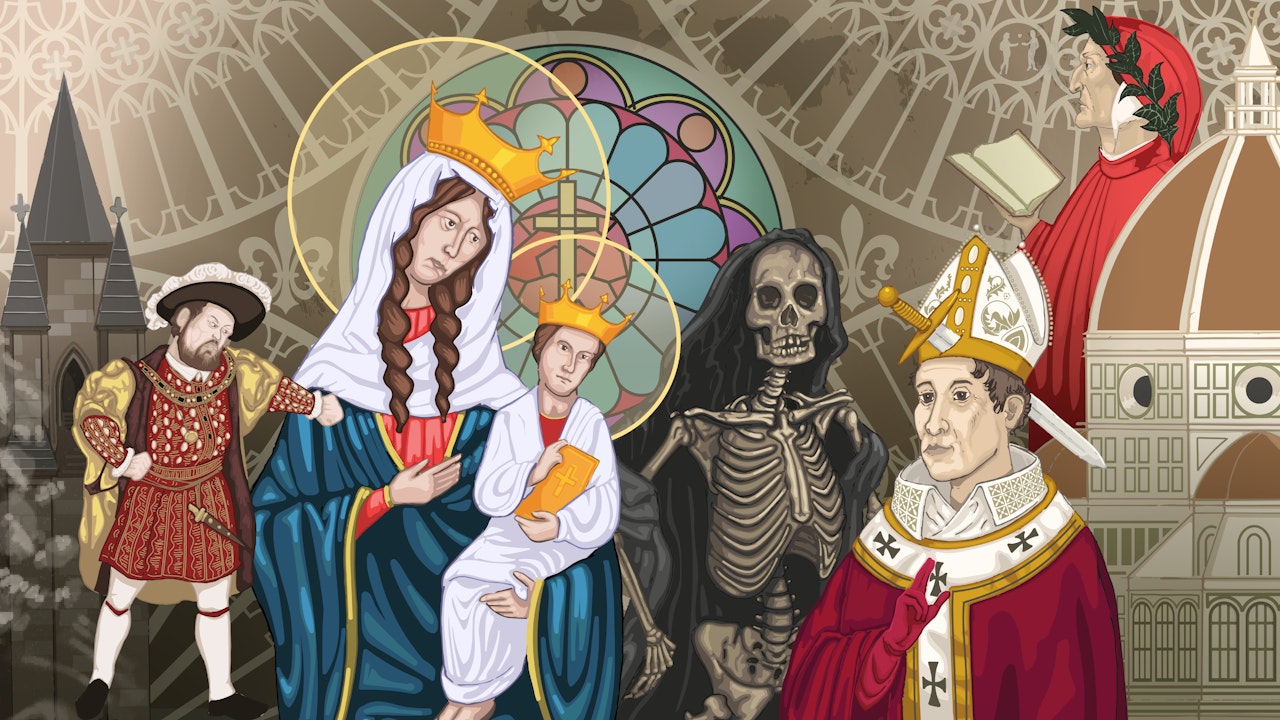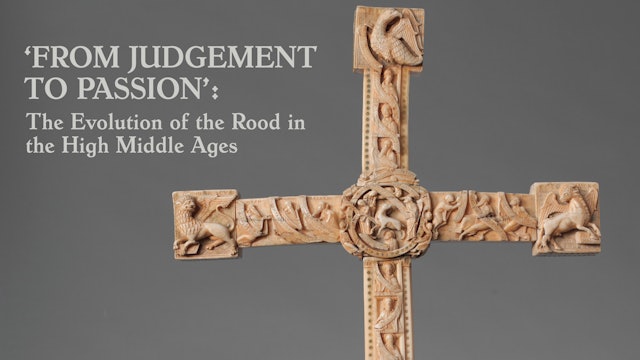-
Painting The Passion With Passion: Giotto & the Easter Story
Giotto’s frescoes in the Scrovegni Chapel in Padua, painted between 1303 and 1305, constitute one of the most beautiful, most coherent and most complete decorative schemes to have survived the ravages of time, the changes of taste, and the vagaries of flood, fire and other ‘Acts of God’. Telling ...
-
Defender Of The Faith?: Henry VIII And The Parish Church
What we often refer to as the Reformation actually began far before Henry VIII came into the picture. In 1517, German theologian Martin Luther compiled his Ninety-Five Theses and embarked on a dramatic overhaul of the Catholic Church. But what happened on this side of the Continent? We know that ...
-
Cloisters: Remarkable Cathedral Survivors
Medieval cloisters, originally spaces linking monastic buildings, are miraculous survivors of Henry VIII’s Dissolution of the Monasteries. English cathedral communities recognised the practicalities of cloisters and experimented with cutting-edge architecture to build, improve and embellish them....
-
'From Judgement to Passion': The Evolution of the Rood in the High Middle Ages
The focal image in almost every late medieval English church would have been a large crucifixion at the east end of the nave, usually mounted above the chancel arch on a screen or beam. Of the many hundreds of these monumental roods that must once have existed, only a handful of fragments remain....
-
Military Effigies Of The Yorkist Age
This talk will explore knightly effigies carved between 1461-1485, together with an historical background for the use of alabaster, which the large majority are made from. The mid-late fifteenth century is the zenith for the use of plate armour and this talk will explore this fascinating period f...
-
Gargoyles And Grotesques: Why Are There Monsters On Medieval Churches?
Gargoyles and grotesques are an immediate and appealing feature of many historic churches and cathedrals. Often carved into fantastic monsters and imaginative, bold, sometimes obscene figures, they have largely been dismissed as whimsical and indeed, incongruous with their setting, at best someth...
-
The Papacy
The traditions associated with a pope’s death have changed from when they were buried in the catacombs of Rome. Various ceremonies, rites and rituals developed over time, but a formal procedure was not initiated until the early 1300s and even then was not always strictly followed.
This comprehen...
-
The origins of aisles in the English Medieval Parish Church
Although it may come as a surprise, given the ubiquity of aisles in Late Antique basilicas and early medieval monastic churches, there is little evidence for aisles in English parish churches before the middle of 12th century. One of the earliest and most accomplished examples is the CCT church o...










